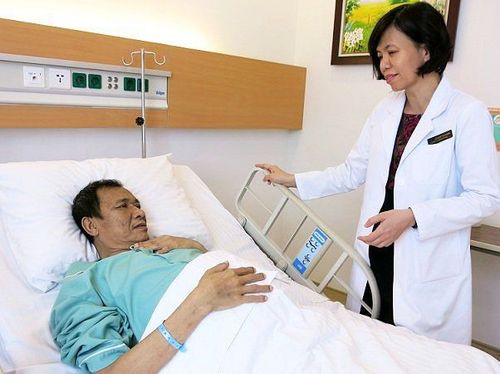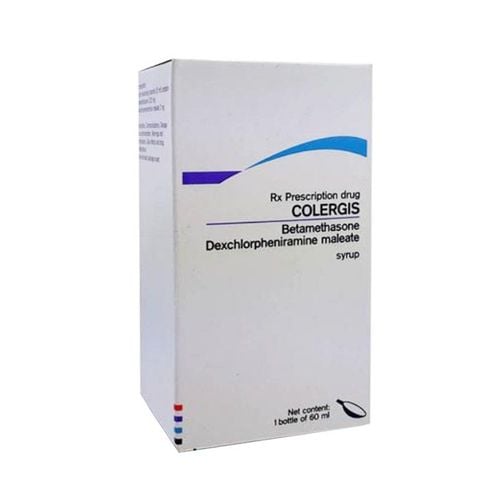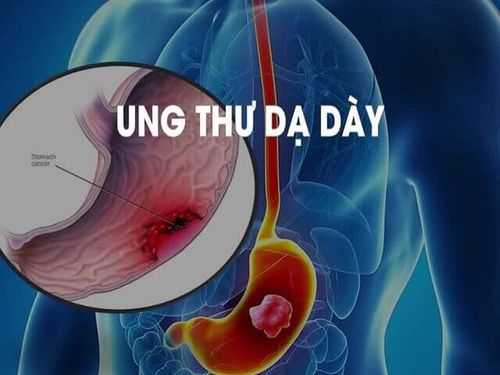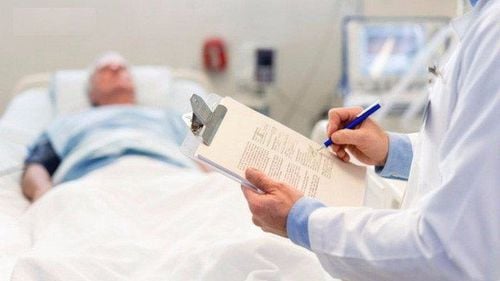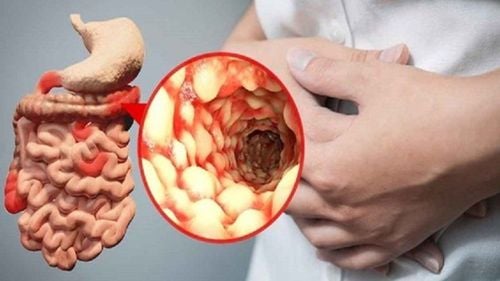This is an automatically translated article.
Blood cancer, also known as hematologic cancer, is a blood disease that can cause high mortality in patients. The disease occurs when there is a sudden increase in the number of white blood cells in the blood, which reduces the number of red blood cells, causing severe anemia.
1.What is hematopoietic stem cell transplantation and CART in hematologic oncology? Scientific name: Hematopoietic stem cell transplant and CART in hematologic oncology Preliminary technical description: Hematopoietic stem cell transplant or commonly referred to as stem cell transplant is a treatment method applied to the disease. widely used in hematology and oncology. This method implements the process of transplanting hematopoietic stem cells taken from bone marrow or transplanted blood into the patient's body to treat hematological, immunological, genetic and some other cancers. . There are two methods of hematopoietic stem cell transplantation: allogeneic and autologous. The method of allogeneic stem cell transplantation is to use genetically compatible hematopoietic stem cells from blood donors or non-blood donors; Autologous stem cell transplantation is a method of using hematopoietic stem cells from a patient to transfer back to the patient. The return of the patient's hematopoietic stem cells helps to shorten the period of bone marrow failure after chemotherapy.
CAR-T gene therapy works on the cells of blood cancer patients by changing the genes of these cells. CAR-T gene therapy "trains" some of the patient's immune cells - T lymphocytes - so that these cells are able to recognize cancer cells and attack them. This is a breakthrough medical advancement in the treatment of hematological malignancies. The special feature of this therapy is that it can be tailored to the individual patient. The patient's T-lymphocytes were engineered in the lab to add a receptor that fights cancer cells. Thanks to CAR-T gene therapy, patients will not have to go through the heavy treatment process. CAR-T therapy could lead to breakthroughs in bone marrow transplantation. Studies are currently underway on the application of CAR-T therapy in the treatment of severe cancers such as brain tumors.
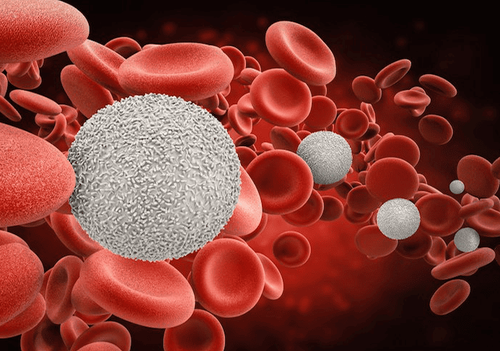
Ghép Tế bào gốc tạo máu và CART trong ung thư huyết học
2.Indications and contraindications 2.1 Indications: The main blood cancers (75%) Acute myeloid leukemia Agranulocytic leukemia Acute lymphocytic leukemia Malignant lymphoma non-Hodgkin's myelodysplastic syndrome (MDS) Hemophagocytic syndrome (HLH) Lymphocytic leukemia... Other blood diseases
Hematopoietic disorders: Bone marrow failure, immune deficiency syndrome epidemics (Chediak-Higashi disease, severe combined immunodeficiency syndrome), autoimmune diseases... Congenital disorders of red blood cells: Thalassemia... Metabolic defects in neonates : Sugar metabolism disorder (mucopolysaccharidose)... 2.2 Contraindications: People with autoimmune diseases. Are taking anti-rejection medication. T- or NK-cell leukemia. Having an infection or serious medical condition

Ung thư máu xuất hiện khi lượng bạch cầu trong máu tăng đột biến làm giảm lượng hồng cầu gây ra tình trạng thiếu máu nghiêm trọng.
3.Advantages and disadvantages of the technique 3.1 Advantages: Does not cause long-term bone marrow depression, helps patients reduce pain compared to conventional treatment (using chemicals), reduces the risk of death due to complications infection, hemorrhage bring normal life for patients from 5 years or more.
Thanks to CAR-T gene therapy, it is possible to completely treat the tumor in some patients who are stuck in treatment and are diagnosed with less than 6 months of life. This is really a revolution in world medicine
3.2 Cons: Hematopoietic stem cell transplant is a complicated technique, requires high precision, good expertise...
Get ready for stem cell transplantation is very difficult, with many tests, trying to find a suitable match, and persistent chemotherapy and radiation before the transplant. Although CAR-T cell therapy has demonstrated clinical feasibility, it has occasionally resulted in a variety of potentially life-threatening toxicity, such as cytokine release syndrome or cytokine storm, which can lead to toxicity. nervous system, mistargeted attack, and acute respiratory distress syndrome. Expensive 4.Process Hematopoietic stem cell transplant:
Step 1: The patient will be examined and tested a few days before the transplant. During your hospital stay, your doctor will place a tube into a large vein in your chest. This tube is called a central venous catheter. It allows doctors to easily administer fluids or draw blood for testing. Step 2: To help the patient's body prepare for the transplant, the doctor will give the patient high doses of chemotherapy and possibly radiation. This treatment will help destroy damaged stem cells in the bone marrow. It also suppresses the body's immune system to not attack the new stem cells after the transplant. Some people may have more than one cycle of chemotherapy before having a transplant. Step 3: The stem cell transplant procedure is like a blood transfusion. During surgery, the doctor inserts stem cells into the patient's bloodstream through a central vein. Once the stem cells enter the body, it travels to the bone marrow and begins to make new red blood cells, white blood cells, and platelets. The transplant process will take more than an hour, including time for surgery preparation, implantation, and post-operative check-ups. Clinical process of CAR-T production:
Step 1: Acquiring mononuclear cells from peripheral blood Step 2: T-cell reprogramming Step 3: Proliferation Step 4: Patient preparation Step 5: Transfusion CAR-T cells returned to the patient 5. Normal expression after the procedure Rash Hair loss Painful sores in the mouth Nausea, diarrhea and abdominal pain Interstitial pneumonia. This type of pneumonia affects certain tissues in the lungs, affecting about 5% of patients preparing for a transplant. 6. When are the following manifestations of the technique abnormal and need immediate re-examination? Infection Liver damage, occurring in about 10% of transplant patients Persistent nausea, vomiting High fever 7. Devices/machines required to perform this procedure Flow Cytometor Navios system quality assessment of stem cells Monitor monitors patients with 7 parameters (with ETCO2, IBP), B40i 8.Things to note when performing this technique After being discharged from the hospital, the patient may have to re-examine daily. or weekly to ensure health is always in a safe condition. During this rehabilitation period, the patient may require frequent blood transfusions and antibiotics. It is important to have regular check-ups for about a year, until the immune system is working properly. Eat nutritious food to improve physical fitness.
Please dial HOTLINE for more information or register for an appointment HERE. Download MyVinmec app to make appointments faster and to manage your bookings easily.




